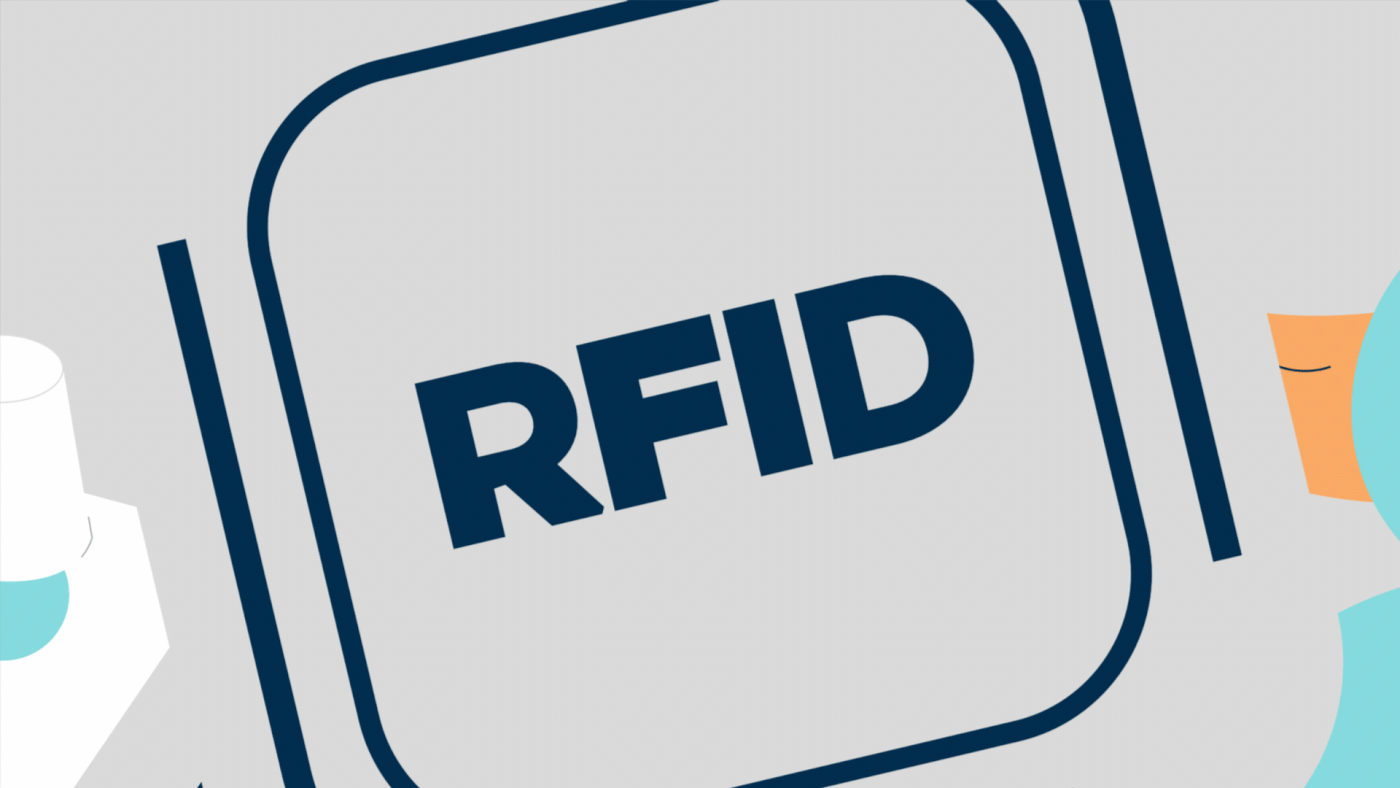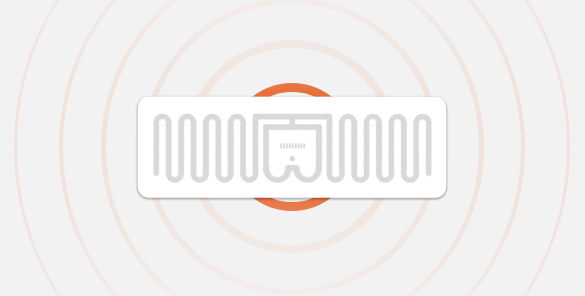What is RFID?
What is RFID that everyone is curious about? Radio Frequency Identification (RFID) technology, that is, using radio frequency to identify items singularly / plural. RFID consists of rfid tag and rfid reader. RFID tags are programmed to access, store and transmit the information of the object with electronic product code (EPC). By reading the RFID tags placed on the products by an RFID reader, information related to supply process management can be automatically recorded or changed as desired.
The RFID tag consists of a silicone chip, antenna and label coating that allows to receive and respond to queries made by radio wave frequency. The chip stores information about the object on which it is located. The RFID antenna sends the information of the object to the RFID reader using the radio wave frequency. In order for the chip and antenna to be placed on the object in a healthy way, the RFID tag is produced to be protected by a label coating.
RFID business solutions; production tracking system, inventory tracking system, personnel location / tracking system, vehicle identification system, smart weighbridge system, RFID library system, retail management system and many similar automation solutions and opportunities.

RFID Tags
Radio Frequency Identification (RFID) tags can be of 3 types: passive (inactive), semi-passive (semi-active) or active. Passive tags, which are the cheapest type of tag, do not have their own power source, they are powered by the reader's power. In contrast, semi-active tags are equipped with a small battery that does not need to be powered by the incoming signal. These tags have a larger reading area, are more reliable and can respond to the reader more quickly. Active tags, unlike other types, have their own power source that enables them to operate their circuits and generate a response signal. With these features, they exhibit high performance, but their cost is also higher.
RFID Frequency Ranges
RFID can be used at low frequency (LF) 125-134 kHz, high frequency (NFC/HF) 13.56 MHz, ultra high frequency (UHF) 860-960 MHz, 2.45 GHz and super high frequency (SHF) 5.8 GHz.

RFID Regulations
Each country regulates the use of its own radio spectrum. The European Conference of Postal and Telecommunications Administrations (CEPT), which regulates the use of spectrum in Europe, unanimously decided on a new European Standard for UHF RFID in September 2004. This standard (ETSI EN 302 208) is available from ETSI.
This standard stipulates the use of RFID in the 865 - 868 MHz frequency band with power levels up to 2 Watts with the "Listen Without Telling" (LBT) protocol. This standard has been adopted in many European countries and is embedded in local regulations.
In Turkey, in accordance with the "Regulation on the Principles of Establishment and Use of Short Range Access Radio Equipment (KET)" published in the Official Gazette dated 06.03.2004 and numbered 25394, RFID systems have been approved to be applied with a maximum power level of 500 mW (0.5W) in the 865.6 - 867.6 MHz frequency band. Later, with the new KET regulation published in the Official Gazette dated 16 March 2007, the power of use between 865.6-867.6 MHz band was renewed as 2 Watt and brought to European standards.
Class 1 Gen 2
In order to regulate the use of RFID technology used in product identification with EPC on a global scale, EPCglobal has developed the Class 1 Gen 2 (Class 1 Generation 2) standard for use in RFID tags and readers and has determined various frequency ranges for the worldwide application of this standard. Class 1 Gen 2, which was approved by EPCglobal in December 2004, was submitted to the International Organisation for Standardisation (ISO) in January 2005.